38 diagram of the heart without labels
Circulatory system - Wikipedia The circulatory system includes the heart, blood vessels, and blood. The cardiovascular system in all vertebrates, consists of the heart and blood vessels. The circulatory system is further divided into two major circuits - a pulmonary circulation, and a systemic circulation. The pulmonary circulation is a circuit loop from the right heart taking deoxygenated blood to the lungs where it is ... Atomic clock - Wikipedia An atomic clock is a clock that measures time by monitoring the frequency of radiation of atoms. It is based on atoms having different energy levels.Electron states in an atom are associated with different energy levels, and in transitions between such states they interact with a very specific frequency of electromagnetic radiation.This phenomenon serves as the basis for the International ...
The Planets Today : A live view of the solar system Solar System Map of Current Planetary Positions. Both apps show a solar system map - a "plan view" of the planets laid out in the plane of the ecliptic (the flat plane in which all the main planets move about the Sun). Dwarf planet positions are also shown - but it should be realised that these objects often rise far above and below the plane ...
Diagram of the heart without labels
Musculoskeletal system: Anatomy and functions - Kenhub Musculoskeletal system. The musculoskeletal system (locomotor system) is a human body system that provides our body with movement, stability, shape, and support.It is subdivided into two broad systems: Muscular system, which includes all types of muscles in the body.Skeletal muscles, in particular, are the ones that act on the body joints to produce movements. Cerebral cortex: Structure and functions - Kenhub The cerebral cortex (cortex of the brain) is the outer grey matter layer that completely covers the surface of the two cerebral hemispheres. It is about 2 to 4 mm thick and contains an aggregation of nerve cell bodies. This layer is thrown into complex folds, with elevations called gyri and grooves known as sulci. The Integumentary System: Your Skin, Hair, Nails, and Glands The nail plate: The part of the nail that is visible. The nail bed: The skin that lies beneath the nail plate. The cuticle: The thin line of tissue that is located at the base of the nail and overlaps the nail plate. The nail folds: The folds of the skin located on the sides of the nail plate. The lunula: The white-colored half-moon-shaped area located at the base of the nail plate.
Diagram of the heart without labels. Endocrine System Organs, Glands | Hormones and Metabolism Glands are a group of cells that produce and release hormones directly into our blood stream in a process called secretion. There are 2 types of glands. Exocrine glands have ducts or channels which secrete chemicals such as saliva or sweat. Endocrine glands do not have ducts; they secrete hormones directly into the blood stream. Common Diseases of the Circulatory System | MD-Health.com Arteriosclerosis is a common disease of the circulatory system caused by the buildup of fat, cholesterol, or other substance in the artery wall. Deposits in the artery cause the vessel to stiffen and narrow. Diabetes, high cholesterol, smoking, and high blood pressure can result in stiff arteries that restrict blood flow through the heart. Female Body Diagram - Verywell Health Vagina: The vagina is a muscular canal that connects the cervix and the uterus, leading to the outside of the body. Parts of the vagina are rich in collagen and elastin, which give it the ability to expand during sexual stimulation and childbirth. Cervix: The cervix is the lower part of the uterus that separates the lower uterus and the vagina and may play a role in lubrication. Prostate: Anatomy, Function, and Treatment - Verywell Health The prostate is an important gland located between the penis and bladder. It sits just to the front of the rectum. The urethra, which carries urine from the bladder out of the body, runs through the center of this walnut-sized organ. The gland's primary function is to secrete fluid that nourishes sperm and keeps it safe. 1.
Brain, spinal cord and peripheral nervous system anatomy - Kenhub The cerebrum consists of two cerebral hemispheres (left and right) and five lobes. All lobes (except one) are named according to the cranial bones on which they lean: frontal, parietal, temporal, occipital and insular lobes. The insular lobe is hidden just beneath the frontal, temporal, and parietal lobes. Diagram of Human Heart and Blood Circulation in It A heart diagram labeled will provide plenty of information about the structure of your heart, including the wall of your heart. The wall of the heart has three different layers, such as the Myocardium, the Epicardium, and the Endocardium. Here's more about these three layers. Epicardium Charts of Normal Resting and Exercising Heart Rate Your maximum heart rate is the highest heart rate that is achieved during strenuous exercise. One method to calculate your approximate maximum heart rate is the formula: 220 - (your age) = approximate maximum heart rate. For example, a 30 year old's approximate maximum heart rate is 220 - 30 = 190 beats/min. CDR Salamander Without excellence, mastery, and control of these two areas in the face of the challenge from China, all else is in danger. ... Labels: Midrats, Navy. Friday, July 08, 2022. ... the core to this story is the C2 diagram (Figure 1) in para 6 of Enclosure (3) of OPNAVINST 3440.18 Dated 13 Nov 2018. To start out, no, I have no idea what the ...
Path of Blood Through the Heart - New Health Advisor Here are the basic parts of the heart: 1. Right Atrium The heart can be divided into right and left halves, as well as into the upper and lower chambers. There are two upper chambers called atria and two lower chambers called ventricles. On each side of the heart, there are one atrium and one ventricle. Cumulative effects of LDL-C reduction in mitigating cardiovascular risk ... Figure 2: Schematic diagram of hypothetical values for LDL-C vs. Age, illustrating how area under the curve changes with time. Consider the subjects in the MR study who have a genetic predisposition towards low LDL-C (Figure 2, shown in gray); with each year, these subjects accumulate a greater AUC (or overall more exposure to LDL-C) than they had the previous year. Mitochondrion - Wikipedia A mitochondrion (/ ˌ m aɪ t ə ˈ k ɒ n d r i ə n /; pl. mitochondria) is a double-membrane-bound organelle found in most eukaryotic organisms. Mitochondria use aerobic respiration to generate most of the cell's supply of adenosine triphosphate (ATP), which is subsequently used throughout the cell as a source of chemical energy. They were discovered by Albert von Kölliker in 1857 in the ... Circulatory System Diagram - New Health Advisor Coronary circuit mainly consists of cardiac veins including anterior cardiac vein, small vein, middle vein and great (large) cardiac vein. There are different types of circulatory system diagrams; some have labels while others don't. The color blue stands for deoxygenated blood while red stands for blood which is oxygenated.
Radius and ulna: Anatomy and function - Kenhub The radial shaft has a slight lateral curvature and is triangular in cross-section for most of its length. It has three borders: an anterior, posterior and interosseous border. The anterior border lies on the medial aspect of the bone. It starts just distal to the radial tuberosity and crosses diagonally to the lateral aspect of the shaft.
Thermodynamics vs. Evolutionism - True.Origin he debate between proponents of evolutionism and creation scientists concerning thermodynamics seems likely to continue without end. This is not because the laws of thermodynamics (and their ramifications) are subject to debate or relativistic interpretation, but because a handful of dogmatic evolutionists continue to vocally and energetically deny the truth concerning a simple matter of ...
Basic Aztec facts: AZTEC TEMPLES - Mexicolore Aztec temples were usually found at the top of pyramids and they are often called temple-pyramids. Designed using ancient Mesoamerican architectural traditions that went back thousands of years (pic 1), temple-pyramids were tall structures forming four main platforms, with grand stairways running up one side; you can see them in the picture ...
Heart - Wikipedia The heart is a muscular organ in most animals.This organ pumps blood through the blood vessels of the circulatory system. The pumped blood carries oxygen and nutrients to the body, while carrying metabolic waste such as carbon dioxide to the lungs. In humans, the heart is approximately the size of a closed fist and is located between the lungs, in the middle compartment of the chest.
Assignment 2 - Wacky Washer | Intro to Computer Engineering Disconnect your Arduino from the computer. Disconnect any circuitry from the Arduino. Plug the Arduino back into the computer. Open a new, blank sketch (just an empty setup () and a loop ()) Program the Arduino with the blank sketch. Unplug the Arduino and make changes to the circuit. Double check circuits, connections, and make sure the setup ...
Positions and Functions of the Four Brain Lobes - MD-Health.com The brain is divided into four sections, known as lobes (as shown in the image). The frontal lobe, occipital lobe, parietal lobe, and temporal lobe have different locations and functions that support the responses and actions of the human body. Let's start by identifying where each lobe is positioned in the brain. Position of the Lobes
Spinal cord: Anatomy, structure, tracts and function | Kenhub The spinal cord is made of gray and white matter just like other parts of the CNS. It shows four surfaces: anterior, posterior, and two lateral. They feature fissures (anterior) and sulci (anterolateral, posterolateral, and posterior). The gray matter is the butterfly-shaped central part of the spinal cord and is comprised of neuronal cell bodies.
Frontal lobe: Functions, structure, and damage - Medical News Today The frontal lobe is part of the brain's cerebral cortex. It consists of two paired lobes: the left and right frontal cortex. As the name implies, the location of the frontal lobe is near the front...
How Does Blood Flow Through the Heart? - New Health Advisor Your blood flows via the heart in two individual loops. They are known as the right and left side loops. The left side of your heart is your left side and the right one is your right side. The right side gathers the deoxygenated blood coming from your body. It pumps it to your lungs where the carbon dioxide is released and oxygen is picked up.
The Free Jazz Collective Live at Résonance (Bandcamp 2022) Friday, July 08, 2022. By Stuart Broomer. Canadian trumpeter Ellwood Epps first assembled the band Togetherness! in Montreal in 2016 to explore a very particular vein in jazz, the early 1960s emergence of South African musicians who mixed free jazz practice, particularly the loose improvisatory style of ...
The Integumentary System: Your Skin, Hair, Nails, and Glands The nail plate: The part of the nail that is visible. The nail bed: The skin that lies beneath the nail plate. The cuticle: The thin line of tissue that is located at the base of the nail and overlaps the nail plate. The nail folds: The folds of the skin located on the sides of the nail plate. The lunula: The white-colored half-moon-shaped area located at the base of the nail plate.
Cerebral cortex: Structure and functions - Kenhub The cerebral cortex (cortex of the brain) is the outer grey matter layer that completely covers the surface of the two cerebral hemispheres. It is about 2 to 4 mm thick and contains an aggregation of nerve cell bodies. This layer is thrown into complex folds, with elevations called gyri and grooves known as sulci.
Musculoskeletal system: Anatomy and functions - Kenhub Musculoskeletal system. The musculoskeletal system (locomotor system) is a human body system that provides our body with movement, stability, shape, and support.It is subdivided into two broad systems: Muscular system, which includes all types of muscles in the body.Skeletal muscles, in particular, are the ones that act on the body joints to produce movements.

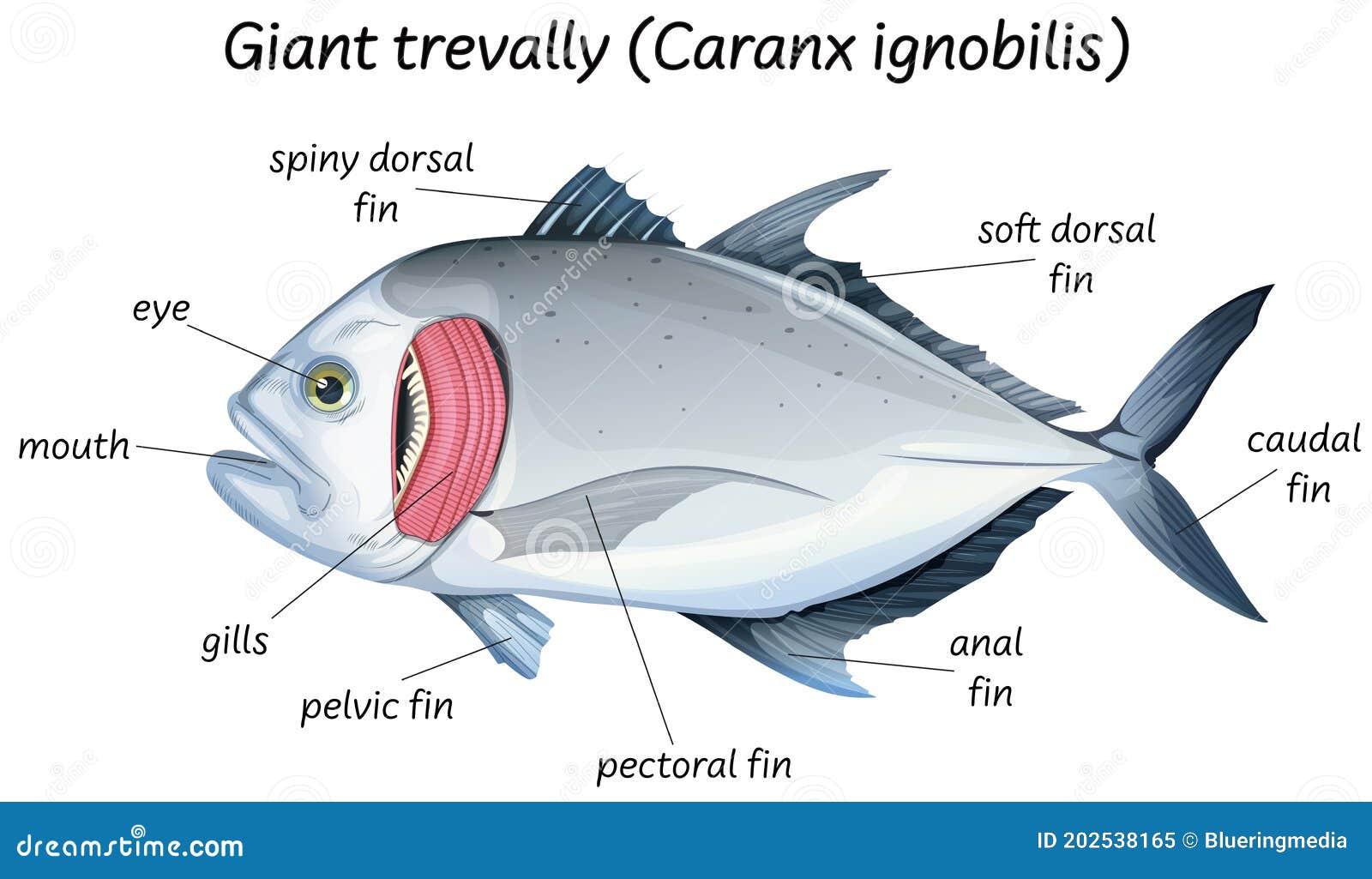
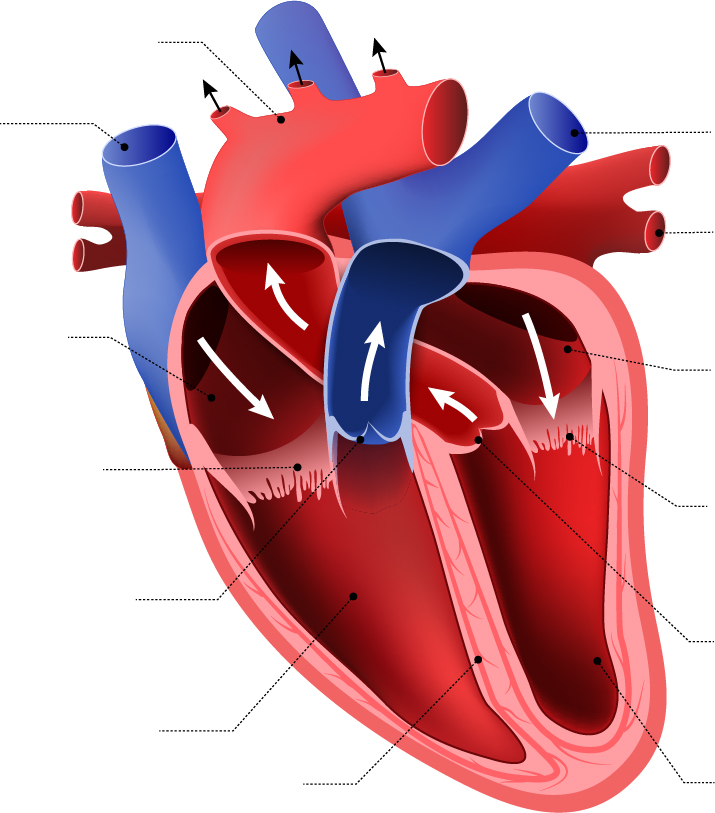
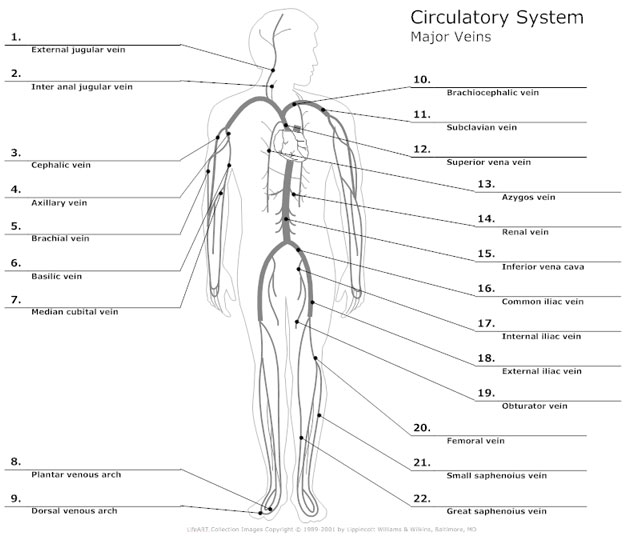
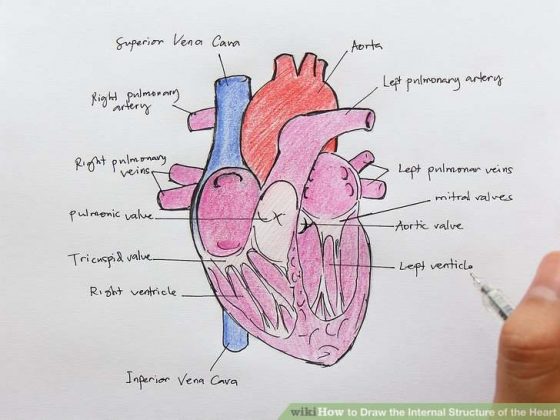
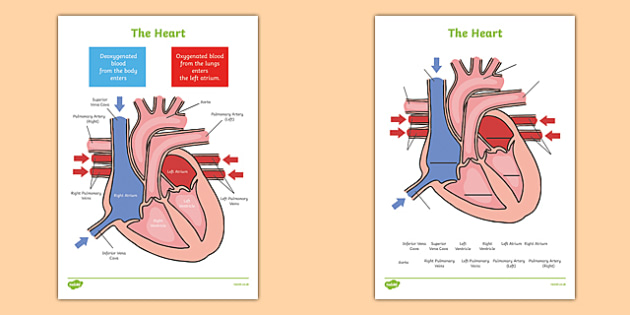

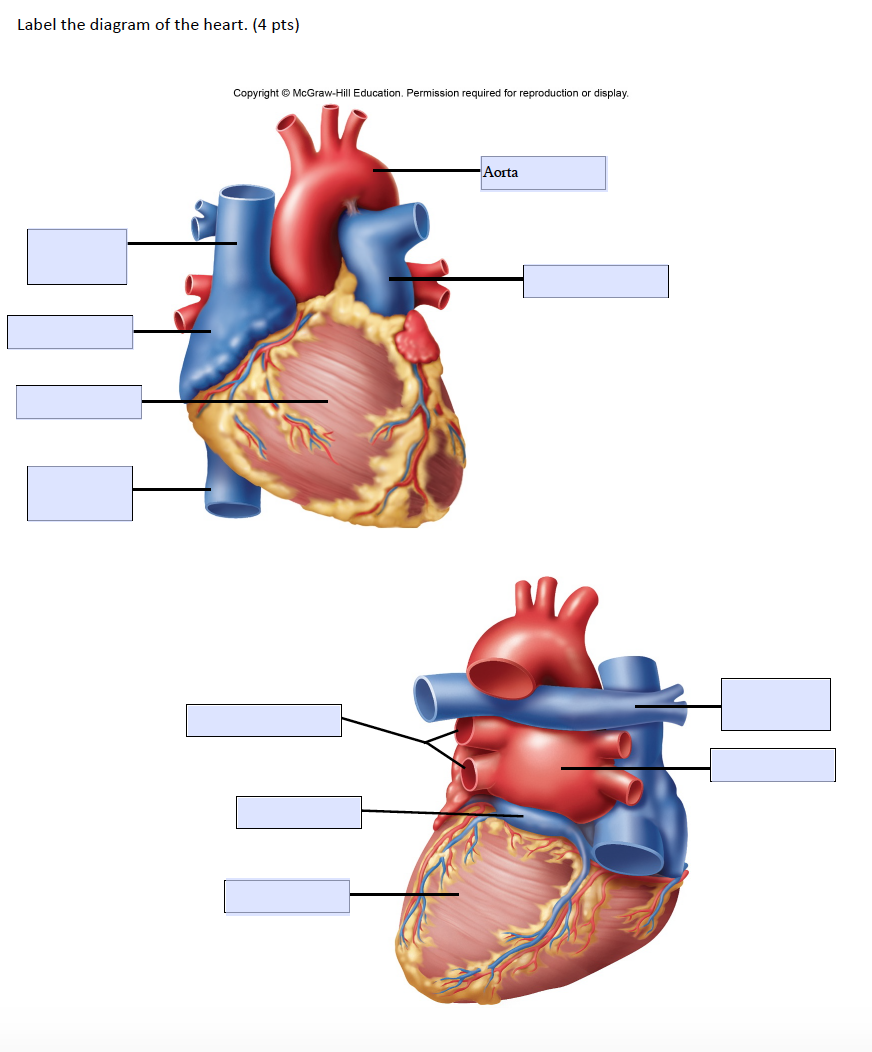



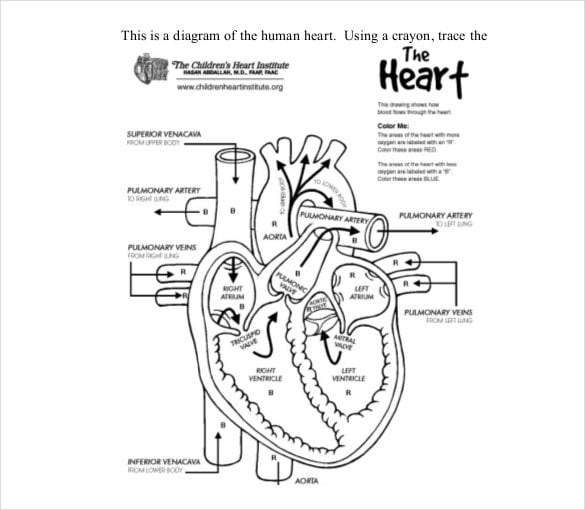
Post a Comment for "38 diagram of the heart without labels"